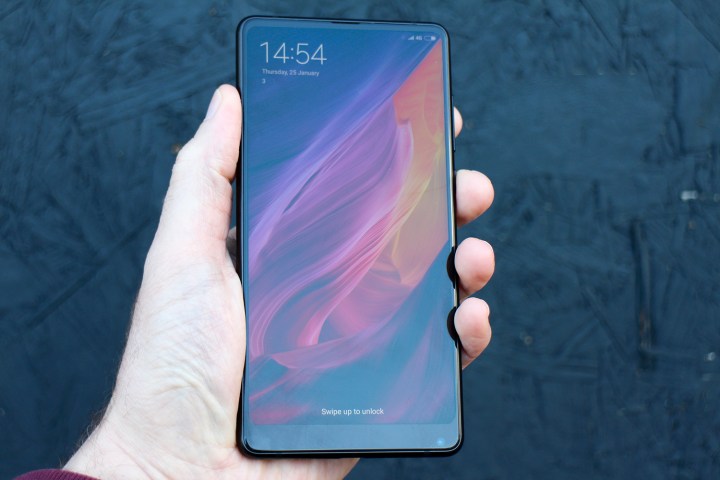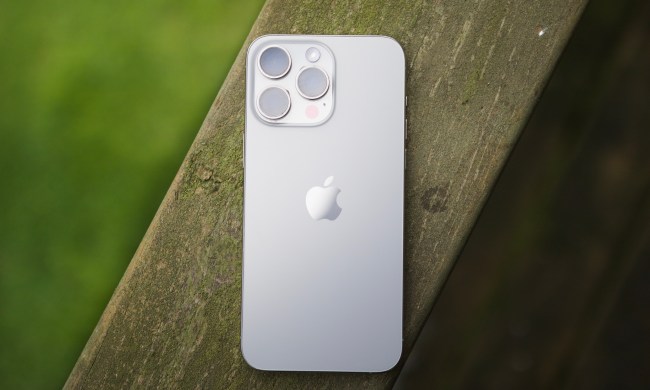
As we approach this year’s Mobile World Congress, rumors about Xiaomi’s upcoming smartphones are beginning to accumulate. Here’s everything we know about the Xiaomi Mi 7 and Mi 7 Plus.
Design

A report from Gizmochina states that the Xiaomi Mi 7 will feature a 5.65-inch LED screen with an aspect ratio of 18:9. The Mi 7 Plus will feature a 6.01-inch OLED screen with an aspect ratio of 18:9. Both phones will feature a bezel-less design with a 20-megapixel front-facing camera in the upper right corner.
Android Headlines states both the Xiaomi Mi 7 and Mi 7 Plus will feature a glass back; the choice of materials is a good indicator that the device will support wireless charging. The Mi 7 will also feature a horizontal dual-camera array. The fingerprint sensor is also reported to be on the back of the device.
Specs
Numerous reports have confirmed that the Xiaomi Mi 7 and Mi 7 Plus will ship with the Snapdragon 845 SoC. BGR is reporting the Mi 7 and Mi 7 Plus will feature a hefty 6 or 8GB of RAM.
According to several reports, both the Xiaomi Mi 7 and Mi 7 Plus will feature dual-camera arrays. Gizmochina is speculating both devices will feature a monochrome+RGB dual-camera setup with two-tone LED flash. The same report states the phones may feature A.I.-enhanced photography, similar to the Huawei Mate 10 and Mate 10 Pro.
The Xiaomi Mi 7 will also feature a facial unlock feature, similar to Face ID on the iPhone X, if reports from BGR and other outlets are to be believed. Since there will also be a fingerprint sensor on the back of the device, we’re assuming it will be more of a secondary convenience as opposed to the primary authentication method.
Both the Xiaomi Mi 7 and Mi 7 Plus will offer 64GB of storage on its base models, according to Tech Advisor. The same article reports that the devices will ship with Android 8.0 Oreo with the Miui 9.0 skin. Tech Advisor also reports that phones will feature a 3,500mAh battery, though we believe the Mi 7 Plus may actually house a larger battery.
Release and pricing
While there were rumors that the Xiaomi Mi 7 would launch at the 2018 Mobile World Congress, it now looks like that may not be the case. Although Xiaomi is confirmed to attend MWC, a high-level employee with the company told Android Headlines that the company would not introduce the Mi 7 at this year’s event.
The company appears to be following the lead of other smartphone manufacturers like HTC and LG in waiting to launch the phone until after MWC. The companies are holding off on announcing their newest devices because they do not want to be overshadowed by Samsung’s announcement of the Galaxy S9 and Galaxy S9 Plus.
Since Xiaomi has typically followed an annual upgrade schedule, we’d anticipate a device launch around April. A leaked image, showing phones launching with the Snapdragon 845 chip, appears to confirm this time frame as well.
Pricing for the Xiaomi Mi 7 may be a little higher than last year’s flagship. Gizmochina states the Xiaomi Mi 7 will start around $475.

